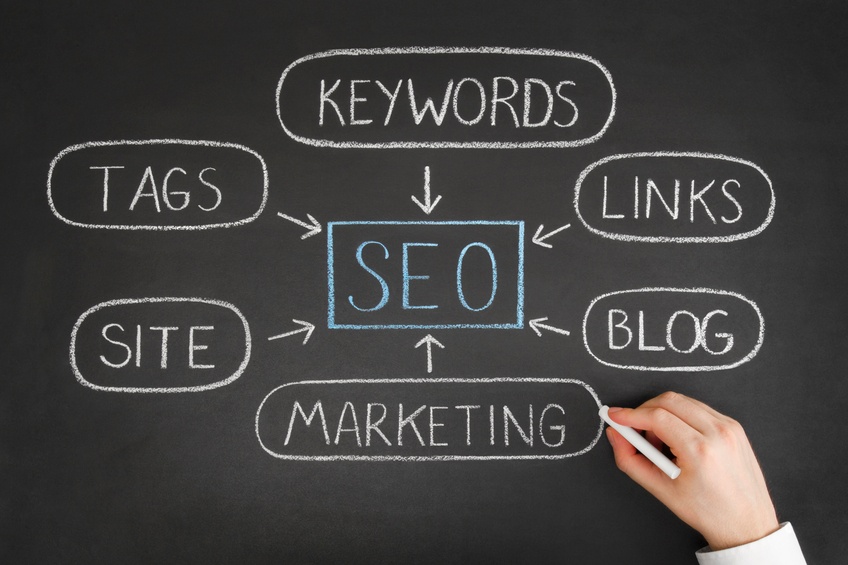 It’s a question we hear every so often:
It’s a question we hear every so often:
“Inbound marketing? Is that anything like SEO?”
Well…yes and no.
The two concepts aren’t interchangeable. However, it’s fair to say that SEO – industry jargon for “search engine optimization” – is a major component of inbound marketing.
SEO and inbound work together to drive user engagement with the content that the inbound marketer wants to promote.
A quick word on both SEO and inbound marketing:
Inbound Marketing
The practice of creating content targeted directly to your prospects to bring them to you. This is opposed to outbound marketing methods – cold calling, trade shows, billboards – that rely on you broadcasting your message to the world at large.
Inbound tactics include:
- Creating written content such as blog posts, e-books, and white papers.
- Social media marketing on Facebook, Twitter, LinkedIn, and other social networks.
- Email lead nurturing campaigns
SEO
The practice of making your website content more attractive to search engines. The more appealing you make it, the higher you rank on Google or Bing or Yahoo.
You make that content more alluring to search engines by doing things like populating it with relevant keywords and including inbound links. By relevant keywords, we mean the terms people in your industry are searching for online.
Note that we said “populating” and not “stuffing.” When you overpopulate your content with the keywords for which you want to rank, search engines take notice.
So how do you figure out what keywords you want to use? By creating buyer personas, semi-fictionalized versions of your ideal customers, made using a blend of market research and information on existing customers.
We’ve gone into more detail on how buyer personas are made in past blog posts. Rather than rehash them here, we suggest you go back and read up on creating buyer personas. We’ll wait.
Fashioning a buyer persona not only helps you get your content to the appropriate audience, but it also helps you craft content for the different stages of the buyer’s journey.
Not everyone who visits your site is ready to buy your product or service. It happens in stages, like any journey.
First up is the awareness stage: Your potential customer is aware they have a problem to solve. Your content at this point should focus on solving that problem. For example, if you were a landscaping company, you might create a blog post called “10 Ways to Keep Pests Out of Your Garden.”
After the awareness stage comes to the consideration stage, in which the potential buyer has identified what their problem is and is now considering companies to help them resolve it. At this stage, your content could include case studies: A piece of content that tells prospects “Here’s how we helped someone with a problem like the one you’re having.”
The final stage is the decision stage, in which the customer is ready to pick a company to help them. At this point, your content can make them an offer: Here’s a free trial, schedule a live demo, etc.
Creating content that follows the buyer’s journey is at the core of inbound marketing, and it’s something that can only happen through SEO.
If you want to know more about how to make inbound marketing and SEO work for your company, contact IQnection.
Our team of digital marketing experts includes professionals skilled in both fields so that you’ll know the content that goes on your site is the content your audience wants to see.










